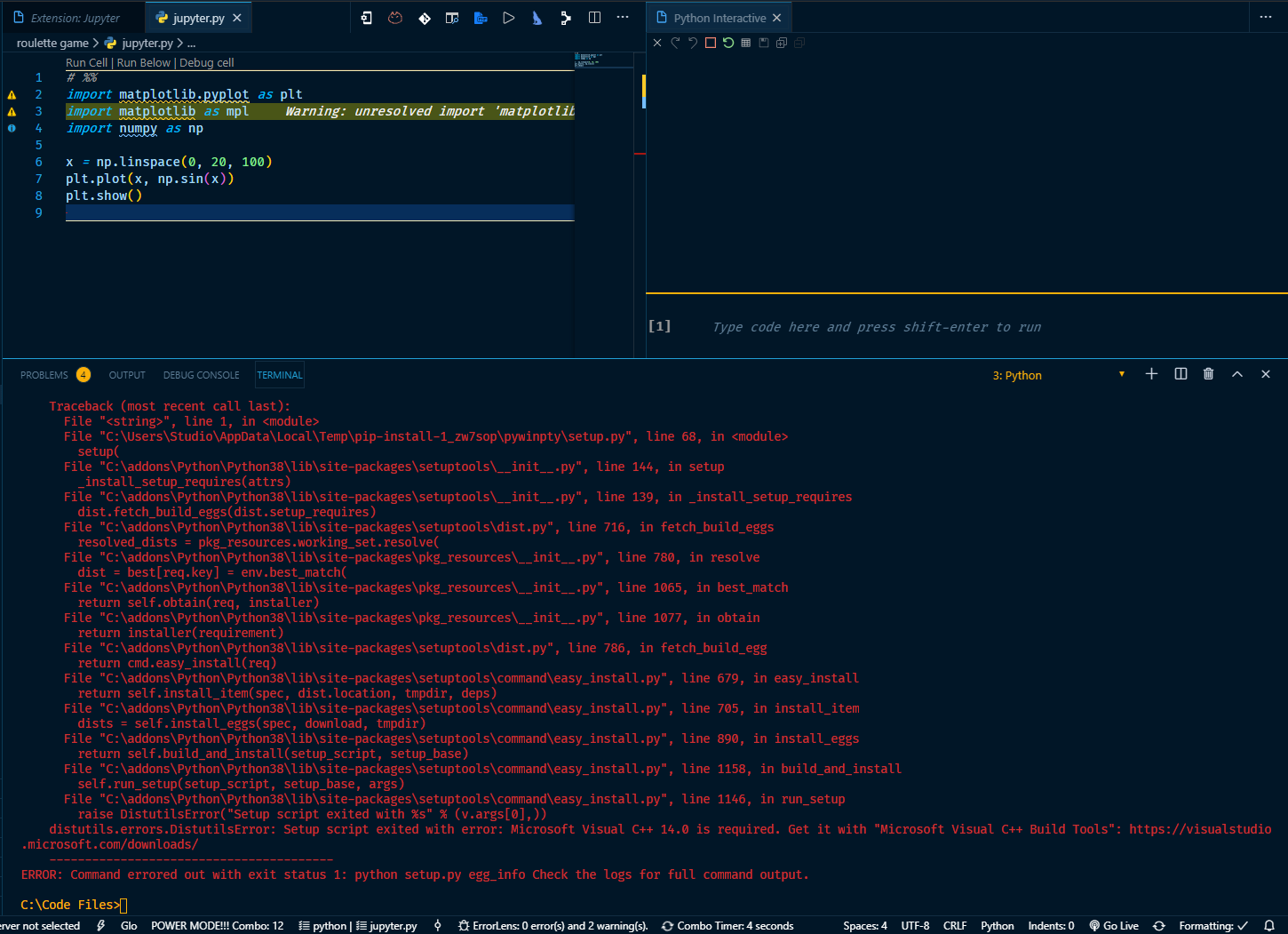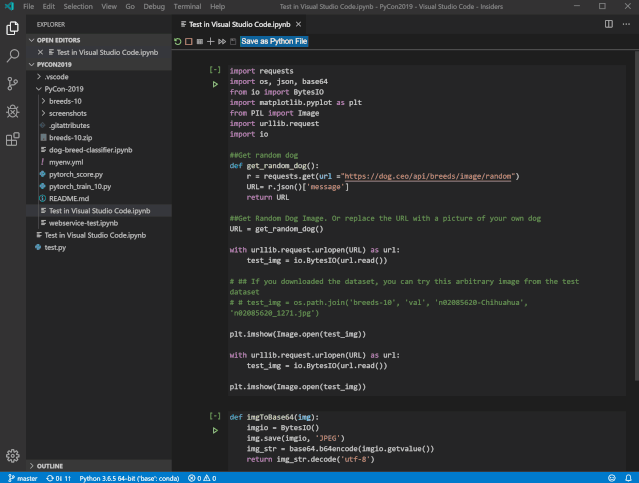

Īfter installation is complete, execute the command: IRkernel::installspec() in R.Similarly, using Cmder on Windows you need to type something like (depending on installed version): /c/Program Files/R/R-3.6.0/bin/R.exe. On a Mac, doing this requires typing something like the following into your command line (depending on exactly where R is installed on your system): /Applications/R.app/Contents/MacOS/R. If you can’t open R by just typing R, you have to launch it by putting in the absolute path to your R installation. Don’t open it by double clicking its icon! Open R by opening your command line tool (Oh-My-Zsh on Mac, Cmder in Windows) and typing R. If you do not have R installed, download and install it here.

Once that’s done, we’re ready to setup R to work with Jupyter! To setup R to work with Jupyter Notebooks, though, we have to do a real jupyter installation. Install Jupyter with miniconda ¶Įven though we’ve been using jupyter notebooks in VS Code so you might think you’ve already installed jupyter, VS Code is just using a little version of jupyter that comes bundled with the editor. That means that you can use Jupyter notebooks for more than Python! In this reading, I’ll show you how to setup R to work with Jupyter Notebooks. In the Jupyter ecosystem, the program being used to actually run your analysis (i.e. Python, R) is referred to as a kernel. This makes it possible to create one interface (a text editor, a window where results are displayed, etc.) that can be used to run your analyses in any number of different programs.

As we discussed before, the idea of Jupyter is to separate the interface you are working with from the underlying programming language doing your analysis.


 0 kommentar(er)
0 kommentar(er)
